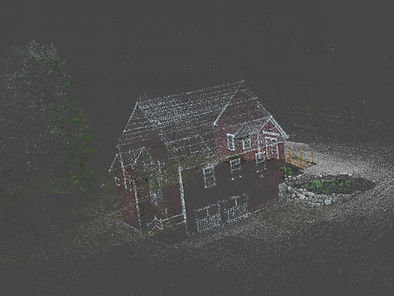

SKYDOG ATI LLC
Aerial Thermal Imaging
"Better to Look .... Than Wonder" S.Wallace

Sky Dog Aerial Thermal Imaging provides

Construction Industry
-
Site Planning Assisting in the initial phases of a construction project.
-
Site Monitoring Tracking progress and monitoring assets on the job site.
-
Site Orthomosaics Creating detailed, large-scale maps of job sites which include linear, volumetric, area measurements, contours/elevation maps.
Golf Industry 2D image of the entire course. Measure & Contour fairways, greens, low areas.. Also offer vegetation index mapping for turf health.
Cemeteries 2D Image of entire site, with annotations for people, areas...
Municipalities Damage evaluation of storm / hurricane / shorelines, neighborhoods, planning...
Farming 2D image of entire fields, allowing to evaluation of water egress and crop health.
Police/Fire Accident sites, fire sites, Search and Resue / Recovery...
Architectural Industry 3D Models of detailed three-dimensional models.
INSPECTION (RGB and Thermal):
-
Residential and Commercial Roof Inspections
-
Solar Panel Inspections
-
Errosion Monitoring - River, lake shoreline with repeatable missions
Vegetation index mapping for
-
baseball fields,
-
apple orchards etc.
using a DJI Mavic 3 Multispectral RTK enabled drone.
SAR: Utilizing the latest in drone thermal technologies. Searches are typically around 300' which avoids any harassment of wildlife, leaving a zero impact to the search area. Searches are passive while enhanced night vision and zoom camera with optional spotlight are used. Search and Recovery both mapping and multispectral drones are used.
Contact
603-321-9505
Hudson, NH 03051
Stratford, NH 03590
FAA Licensed Part 107
Commercially Insured
Our Partners
Gunther & Loki

Payments and
Donations (Pro-Bono searches)
Close enough on the Odin Fundraiser Goal !
Thank everyone for their generous donations!
Let's Find Odin !
